Yes, notochord ablation reduces the AP distribution as compared to controls. The 3D vertex model predicts this.
12/n
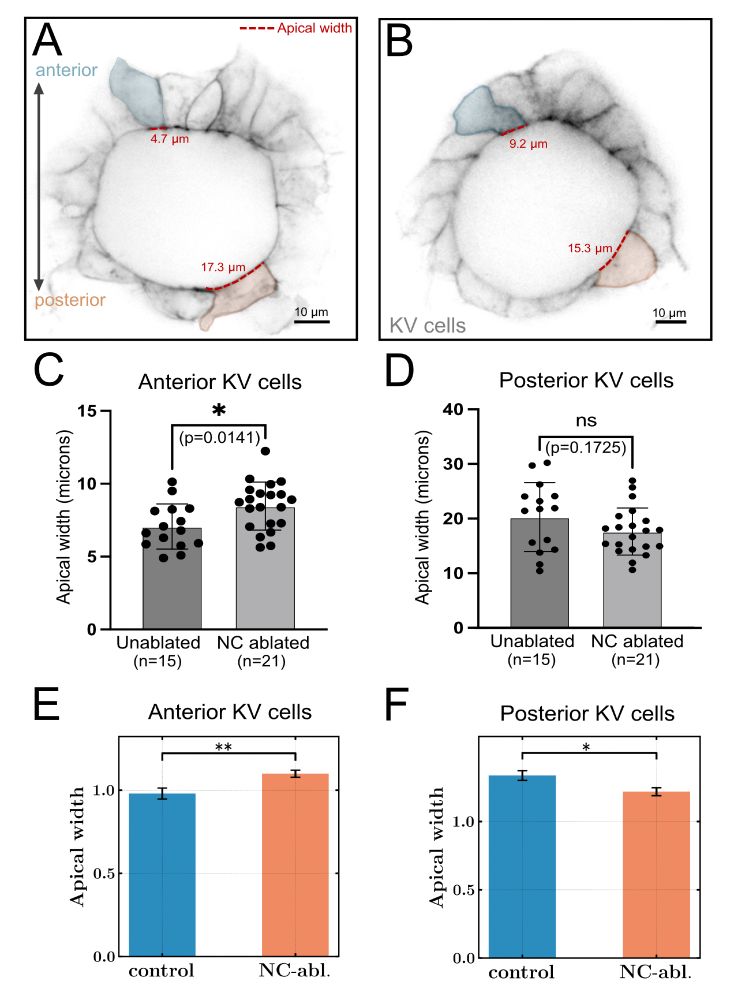
Yes, notochord ablation reduces the AP distribution as compared to controls. The 3D vertex model predicts this.
12/n
11/n
11/n
10/n

10/n
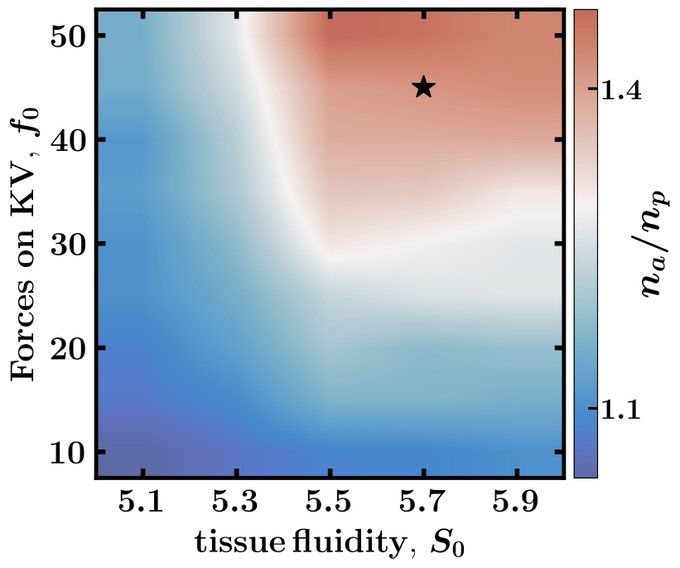
We next ask how these reduced forces affect the shape of the KV lumen and KV cells
7/n
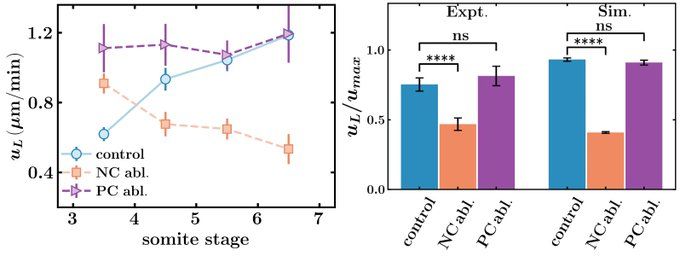
We next ask how these reduced forces affect the shape of the KV lumen and KV cells
7/n
1) quantify how perturbing structures around KV impact its motion
2) measure cell and organ shape in these cases
3) show that observed in vivo shape changes match those predicted from the 3D model
6/n
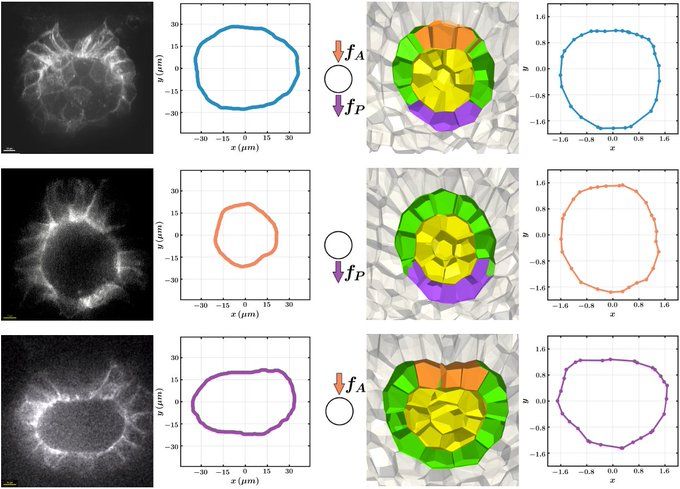
1) quantify how perturbing structures around KV impact its motion
2) measure cell and organ shape in these cases
3) show that observed in vivo shape changes match those predicted from the 3D model
6/n
3/n
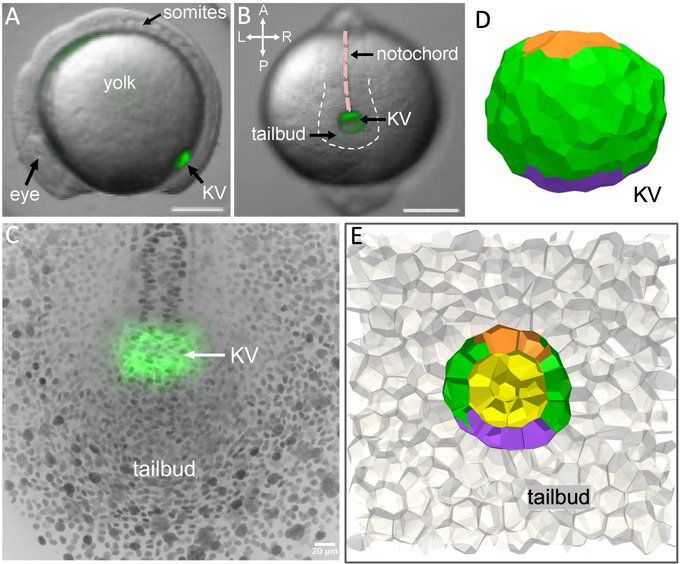
3/n
Using Kupffer’s vesicle in zebrafish embryo we showed that dynamical forces produce shape changes in a developing organ.
Using Kupffer’s vesicle in zebrafish embryo we showed that dynamical forces produce shape changes in a developing organ.


















